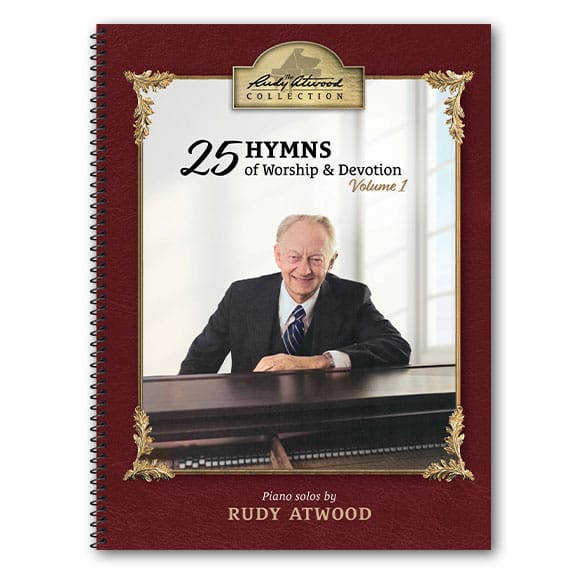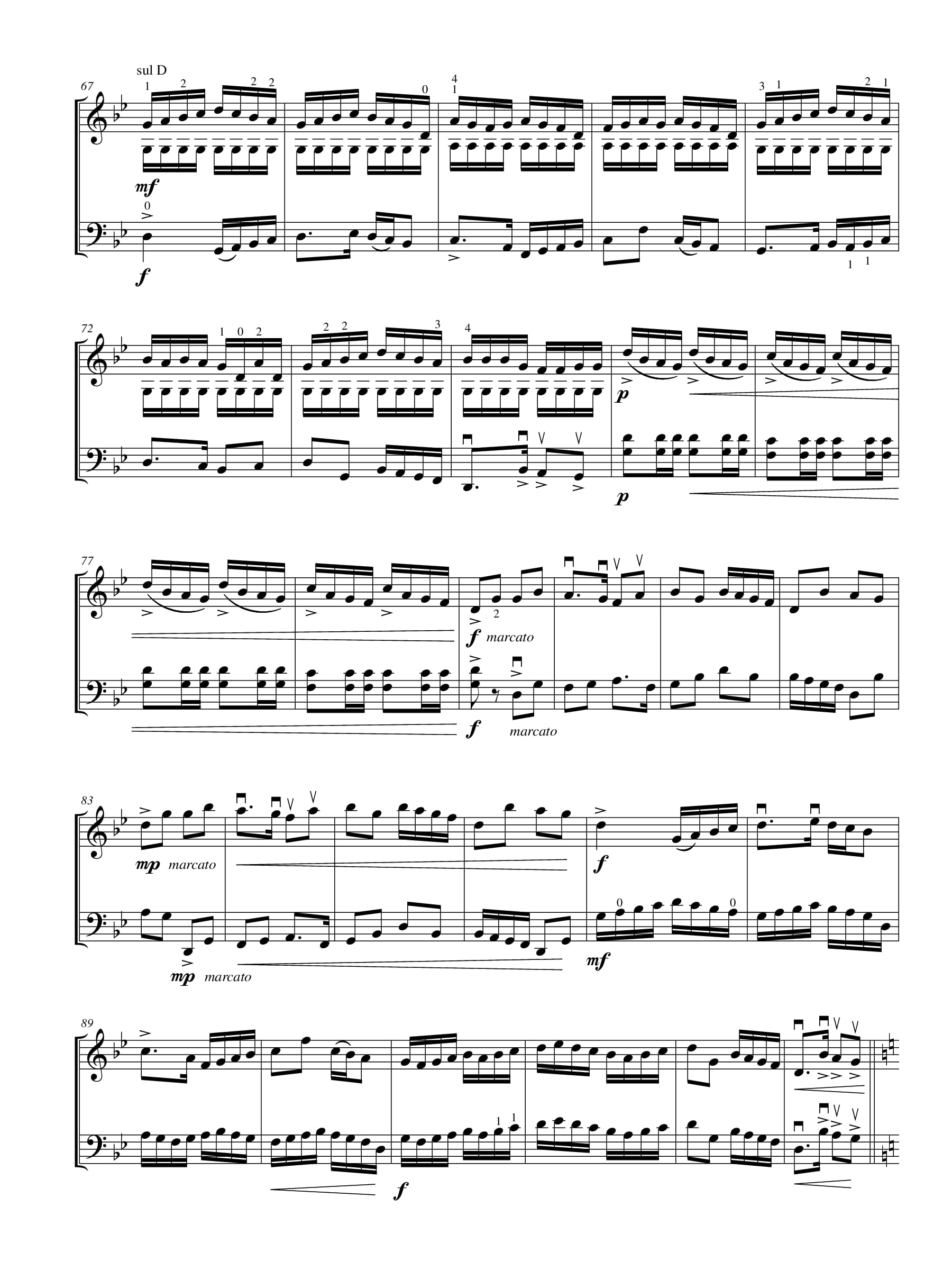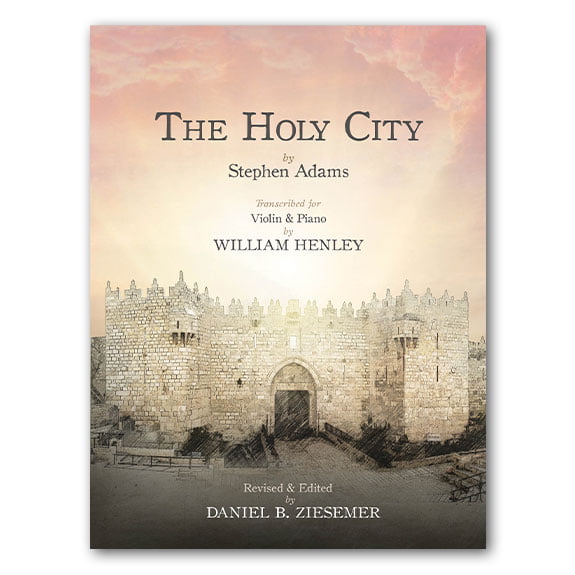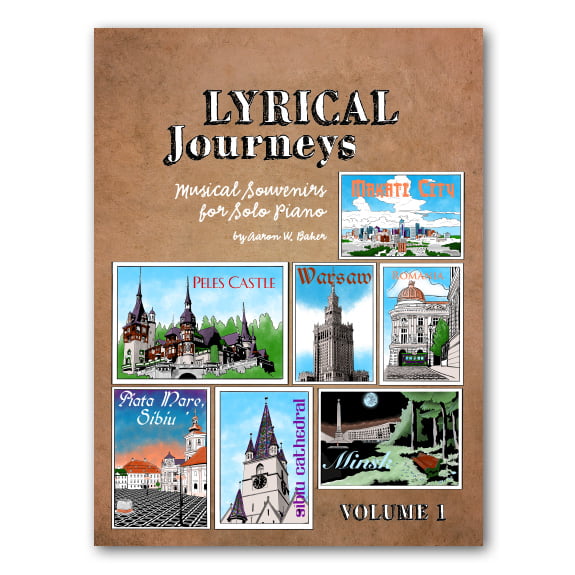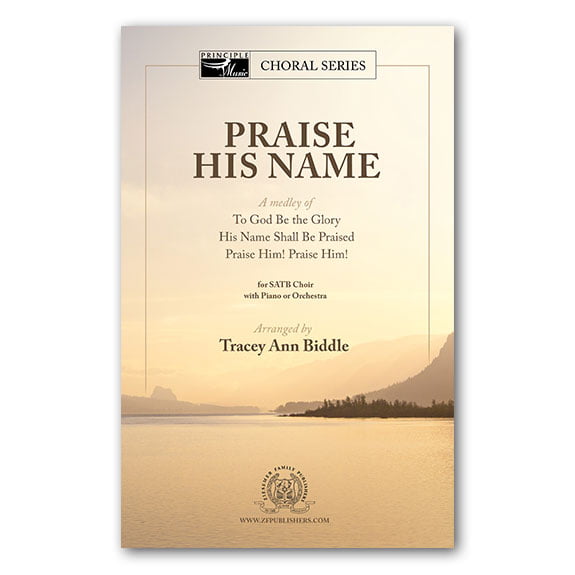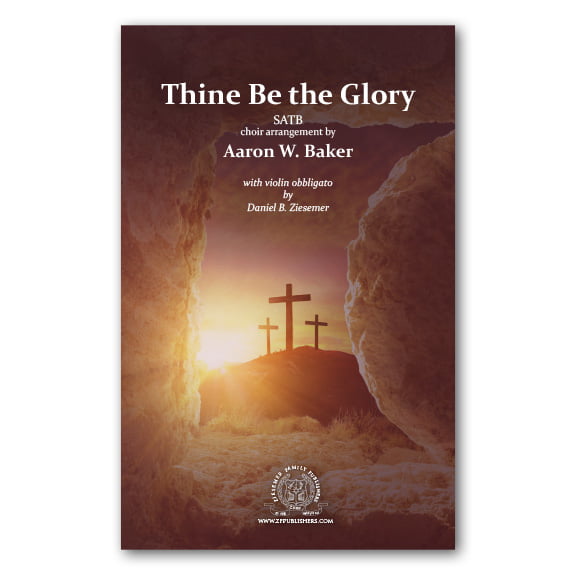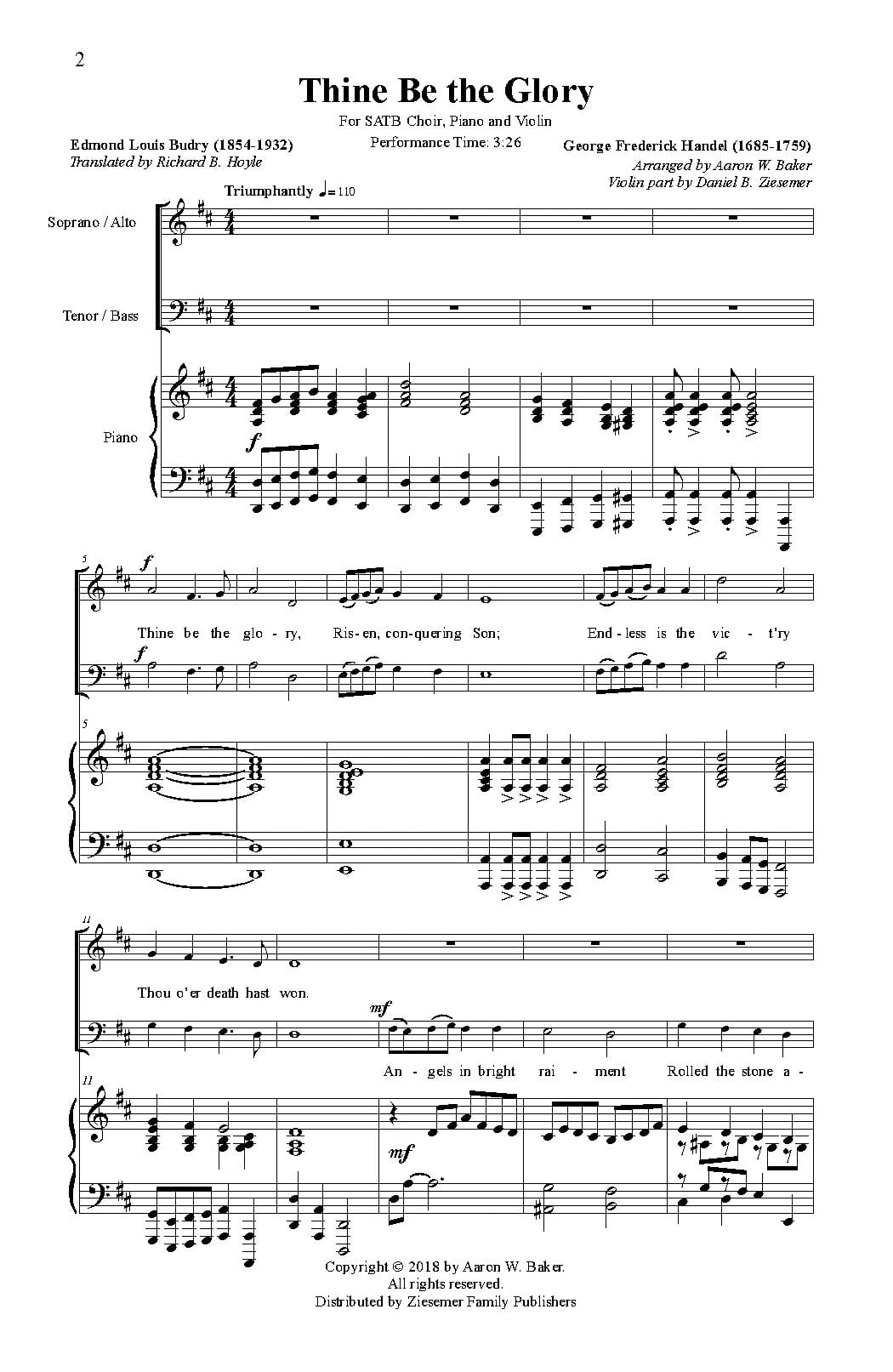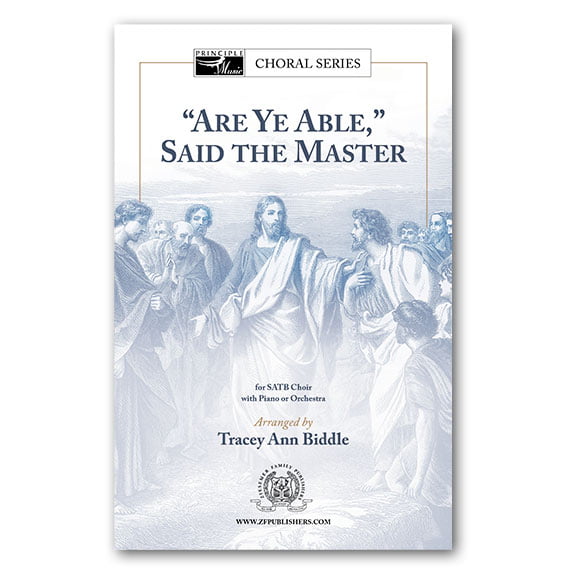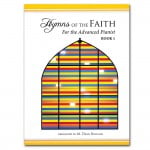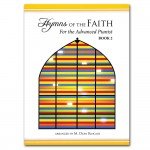Sheet music available here: https://www.zfpublishers.com/shop/favorite-hymns-and-gospel-songs-for-violin-piano-vol-1/
Violin: Daniel B. Ziesemer
Piano: John Philip Garvin
🔻Lyrics Below🔻
How Wonderful Art Thou
Words: Esther D. Eden
Music: Blanche D. Osborn
1. I walk at night beneath majestic skies—
And know behind them is a God all wise,
Who fixed all stars, each in its lonely place,
And wrapped them in a darkened robe of space.
2. I see the moon, the stars in distant space,
And think of how the God of matchless grace—
Is coming in the clouds to claim His own—
Such wonders that on earth cannot be known.
3. I scan the heav’ns with rapture in my soul—
And wonder how the God Who made the whole—
Could ever fix His thoughts on such as I—
And give His Son upon the cross to die.
Chorus
O mighty God, how wonderful art Thou
To love the world while heav’ns before Thee bow.
I fail to comprehend it all somehow
O mighty God, how wonderful art Thou.
How Great Thou Art
Swedish folk melody, revised by Jean Staneschi;
arr. Stuart K. Hine, 1899-1989
1. O Lord my God, when I in awesome wonder
Consider all the worlds Thy hands have made,
I see the stars, I hear the rolling thunder,
Thy pow’r throughout the universe displayed.
2. When through the woods and forest glades I wander
And hear the birds sing sweetly in the trees;
When I look down from lofty mountain grandeur,
And hear the brook and feel the gentle breeze.
3. And when I think that God, His Son not sparing,
Sent Him to die, I scarce can take it in;
That on the cross my burden gladly bearing,
He bled and died to take away my sin.
4. When Christ shall come with shout of acclamation
And take me home, what joy shall fill my heart!
Then I shall bow in humble adoration,
And there proclaim, “My God, how great Thou art!”
Chorus
Then sings my soul, my Savior God, to Thee:
How great Thou art! How great Thou art!
Then sings my soul, my savior God, to Thee:
How great Thou art! How great Thou art!
8






